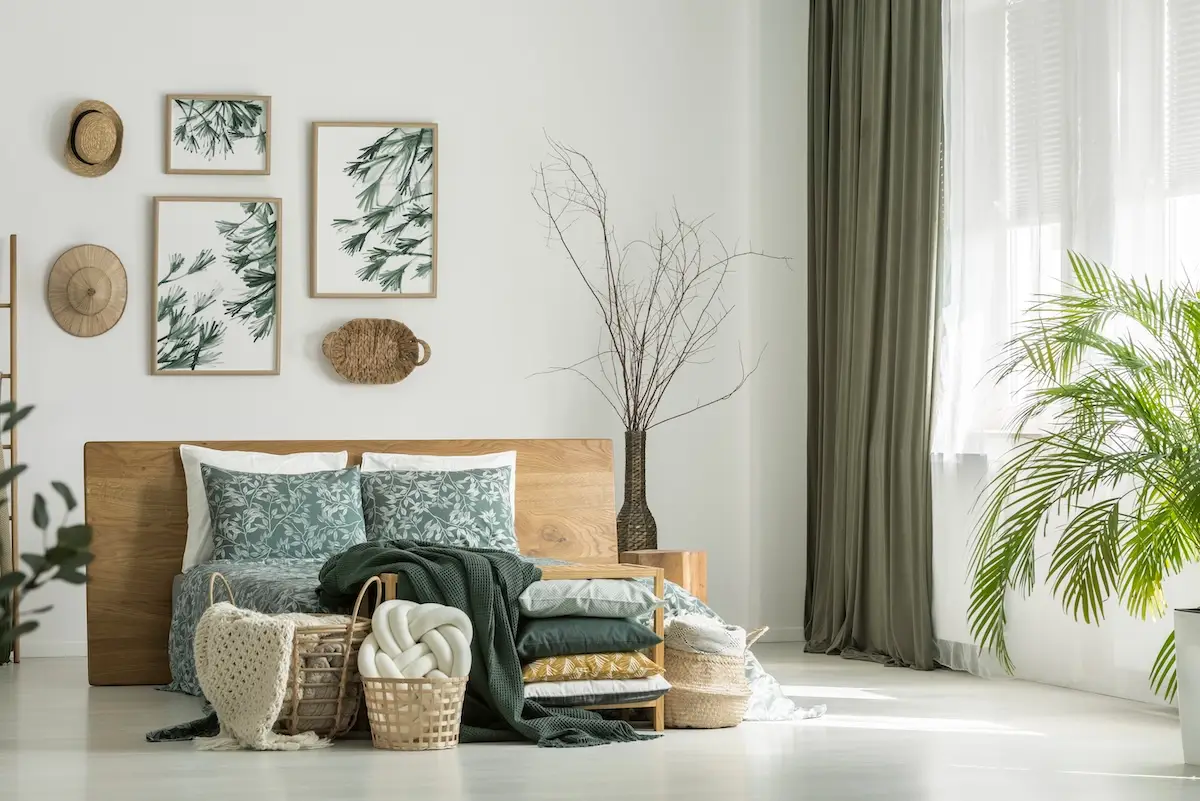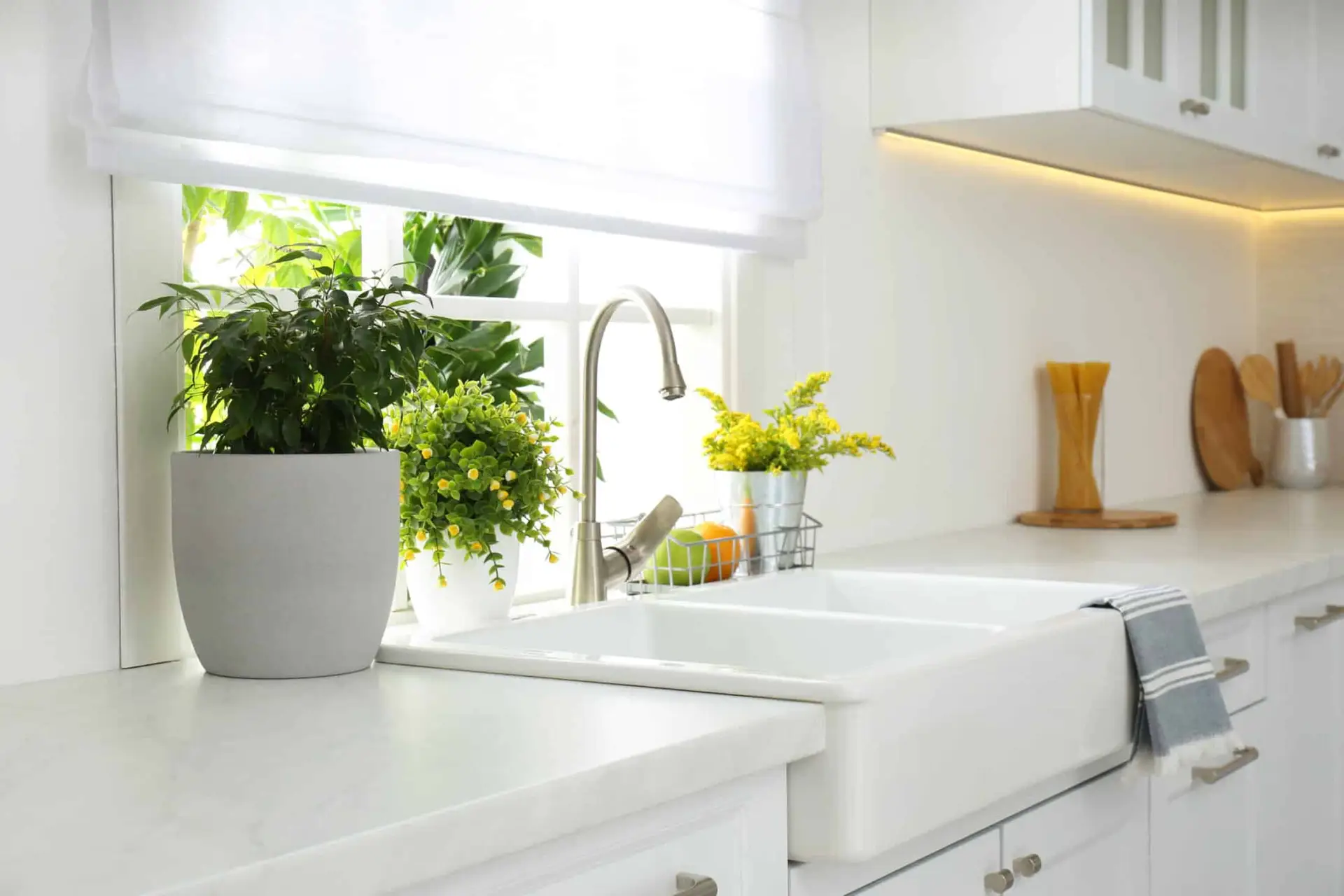A huge part of interior design is bringing together function and style. This goes beyond just picking out beautiful furniture pieces for your daily life; it also involves thinking about all the little details you may not normally think about. When it comes to furniture, safety is one of those critical factors that is always at the forefront of our designers’ minds.
Unfortunately, many of the furniture compliance requirements within the United States are not mandatory, they are voluntary. This means that much of the responsibility of finding safe furniture falls on the consumer. What can homeowners do to ensure that the choices they make for their home are safe for everyone?
How to Think of Furniture Safety
Whether you’re designing a residential or commercial space, there will always be safety issues you’ll want to keep in mind. Basic questions to ask yourself in preparation for assessing the safety of your home include:
- Who is using the room?
- How are they navigating through the space?
- Do they have any needs that need to be addressed?
These questions may have multiple answers to them. After all, many homes have multiple people living in them! We always consider if a home has kids, pets, or elderly people. Another important thing to remember is that households evolve over time; what might be safe enough now may not be considered safe later.
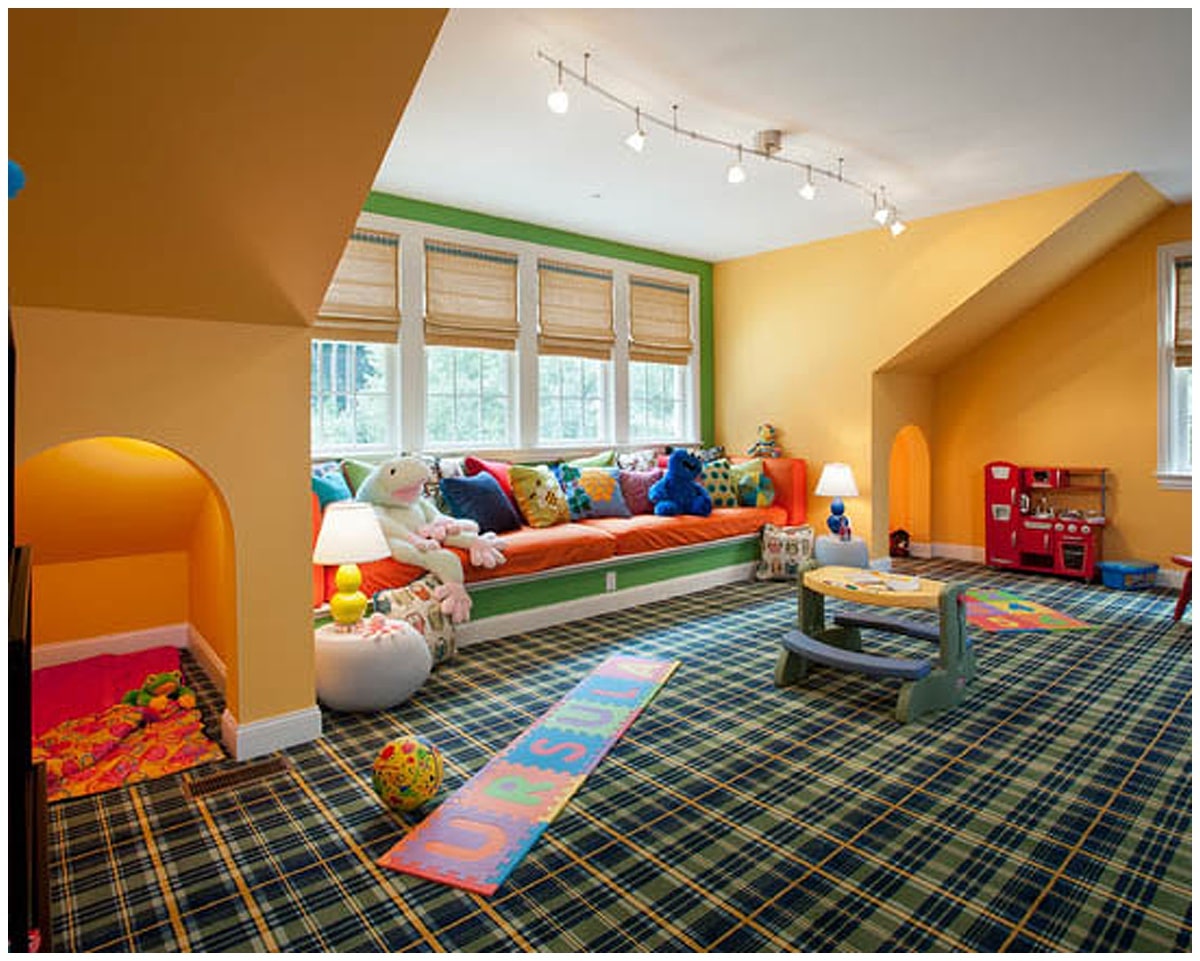
Safety Features to Keep in Mind
Safety features apply to almost everything in the home. From non-slip flooring to door handles that are easy to use, we make choices in the home all the time that affect our safety and quality of life! Even proper lighting in the home is considered a safety feature. Here are some of the most common safety considerations to keep in mind.
Choosing the appropriate size
Make sure that the furniture you buy is appropriate for your space. This means not overcrowding your home with large pieces of furniture that could affect how freely you can move around your home. If you have kids, choose storage pieces that are lower and wider to prevent them from tipping over.
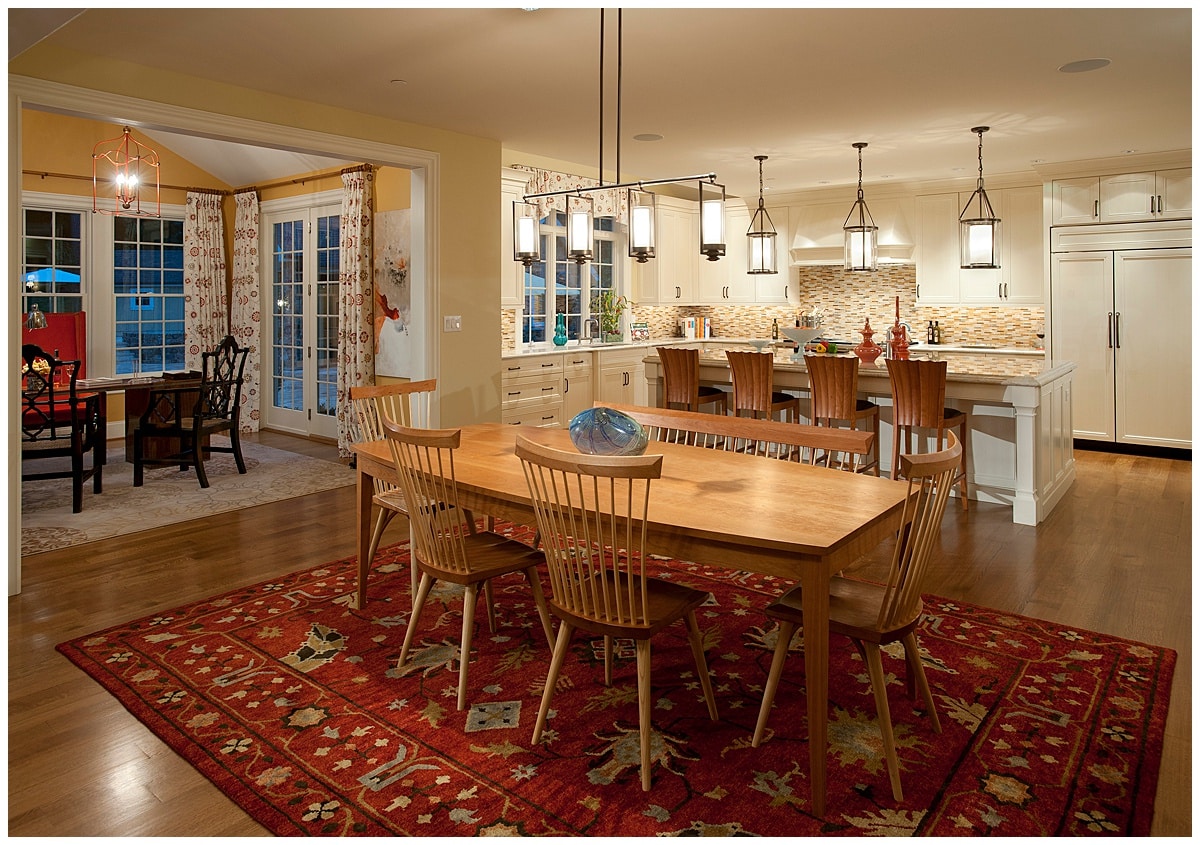
Bolting and anchoring
Another key solution to preventing falling furniture is to bolt and anchor them to the wall. Many furniture pieces today will come with an anchor kit you can use to do so. However, not every wall in the house may be ideal for bolting large pieces of furniture. Your interior designer can help you decide which area of your home is best for anchoring furniture pieces.
Double-checking safety standards
When you’re buying furniture, it’s always a good idea to brush up on current safety standards. This is especially true, though, when you’re looking to purchase antique, vintage, or other second-hand items. Always look at what materials your furniture pieces are made of, the condition they are in, and the type of paint or finishes used on their surface. We always recommend choosing non-toxic or low-VOC pieces.
Easy-to-use furniture
Households with elderly or disabled members may need extra accommodations in the home, including furniture that is easy to get in and out of. Many times, this means furniture that isn’t too high or too low, cabinets with lever or magnetic handles, or tables that sit at the right height for wheelchair use.
Non-slip and non-sharp
Choose furniture pieces that have rounded edges and avoid anything with sharp corners. Furniture and flooring should also be non-slip. Furniture pieces should not be able to easily slide around, be moved, or pushed over.
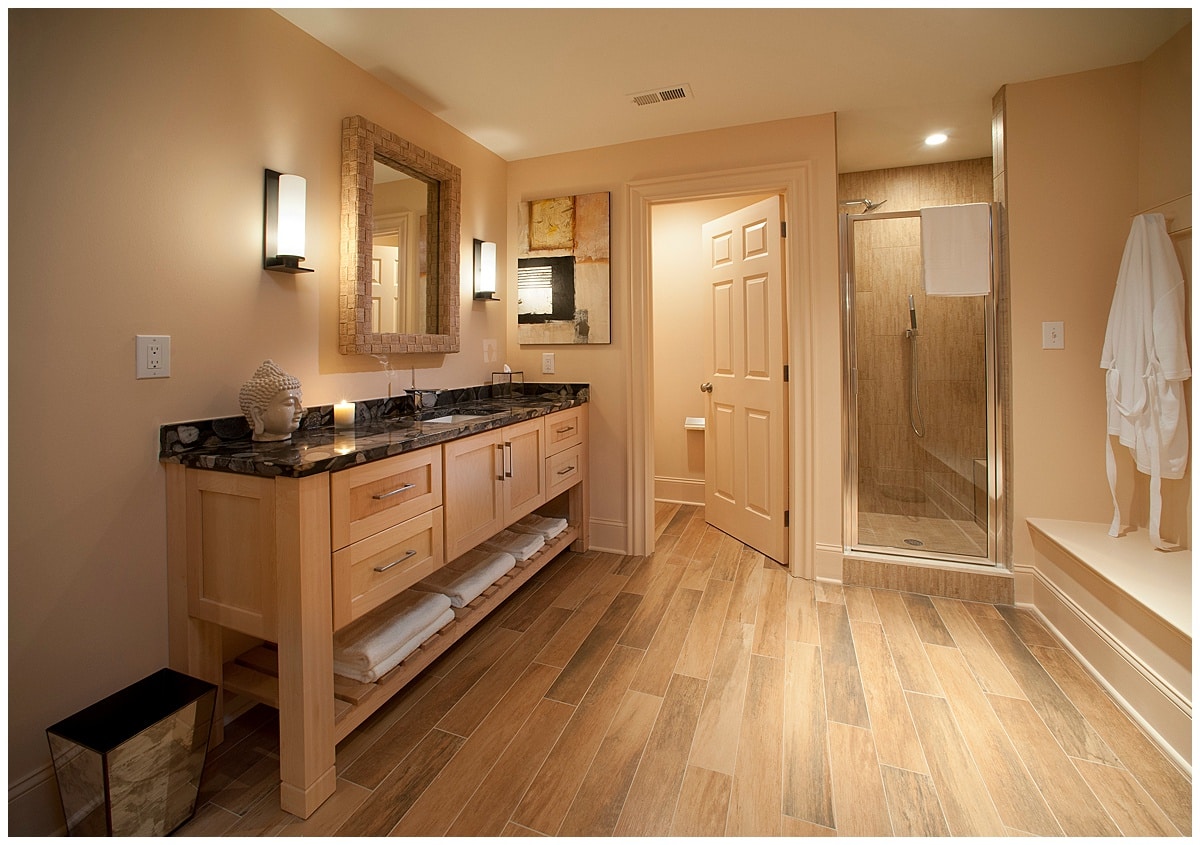
These are just some of the most common considerations to take when choosing furniture for your home. In every situation, our designers always take furniture safety seriously. Every interior is going to be different and every client will have different needs, so the right solutions will vary from space to space. If you have a design project in mind and need guidance on how to proceed, give WPL Interior Design a call today and we’ll help you find the designs and decor to fit your lifestyle.


